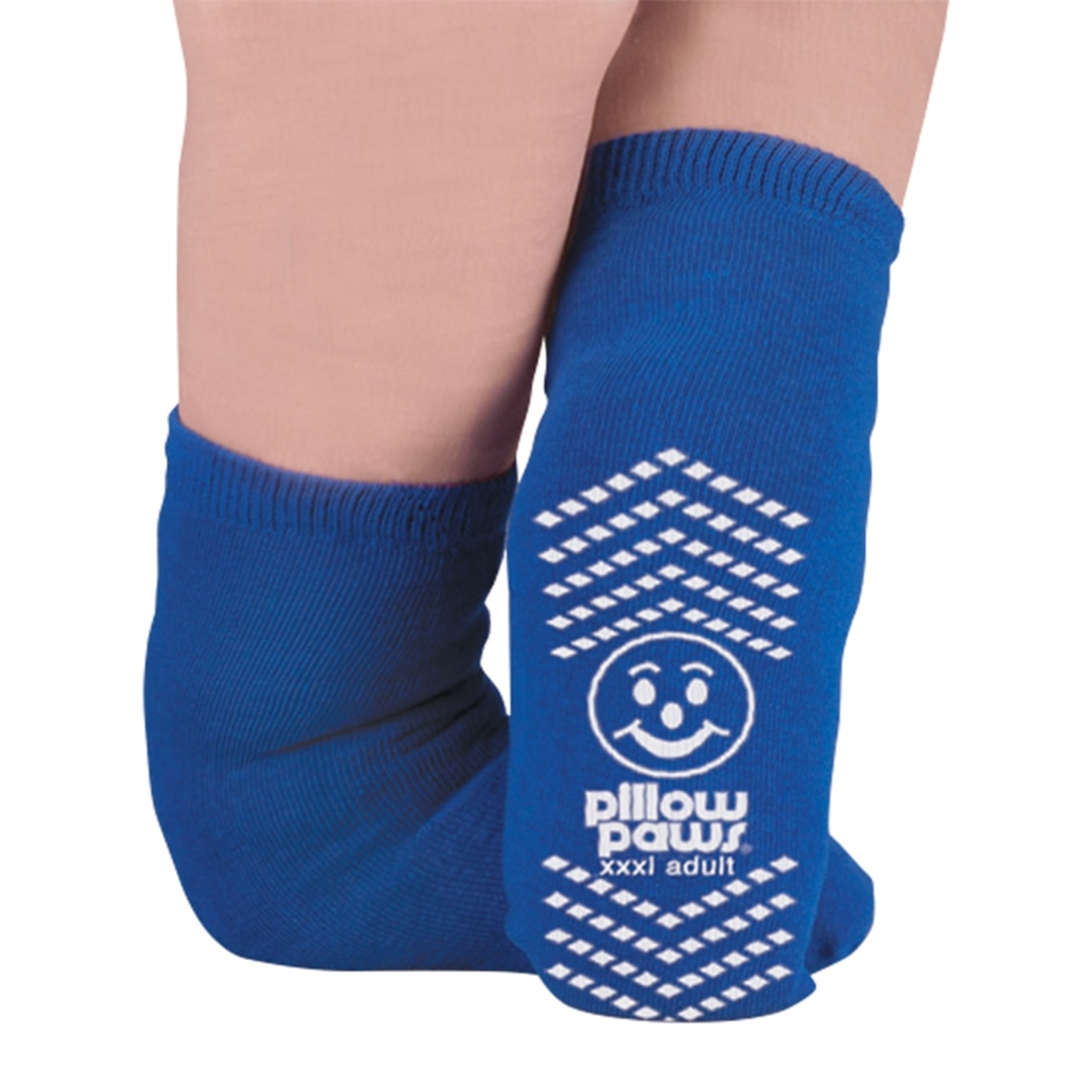
Pillow Paws Non-Slip Slipper Socks, 3X-Large Blue - 3X-Large - Pack of 3
Arrives Sat, Jan 3 - Mon, Jan 5

Arrives Sat, Jan 3 - Mon, Jan 5
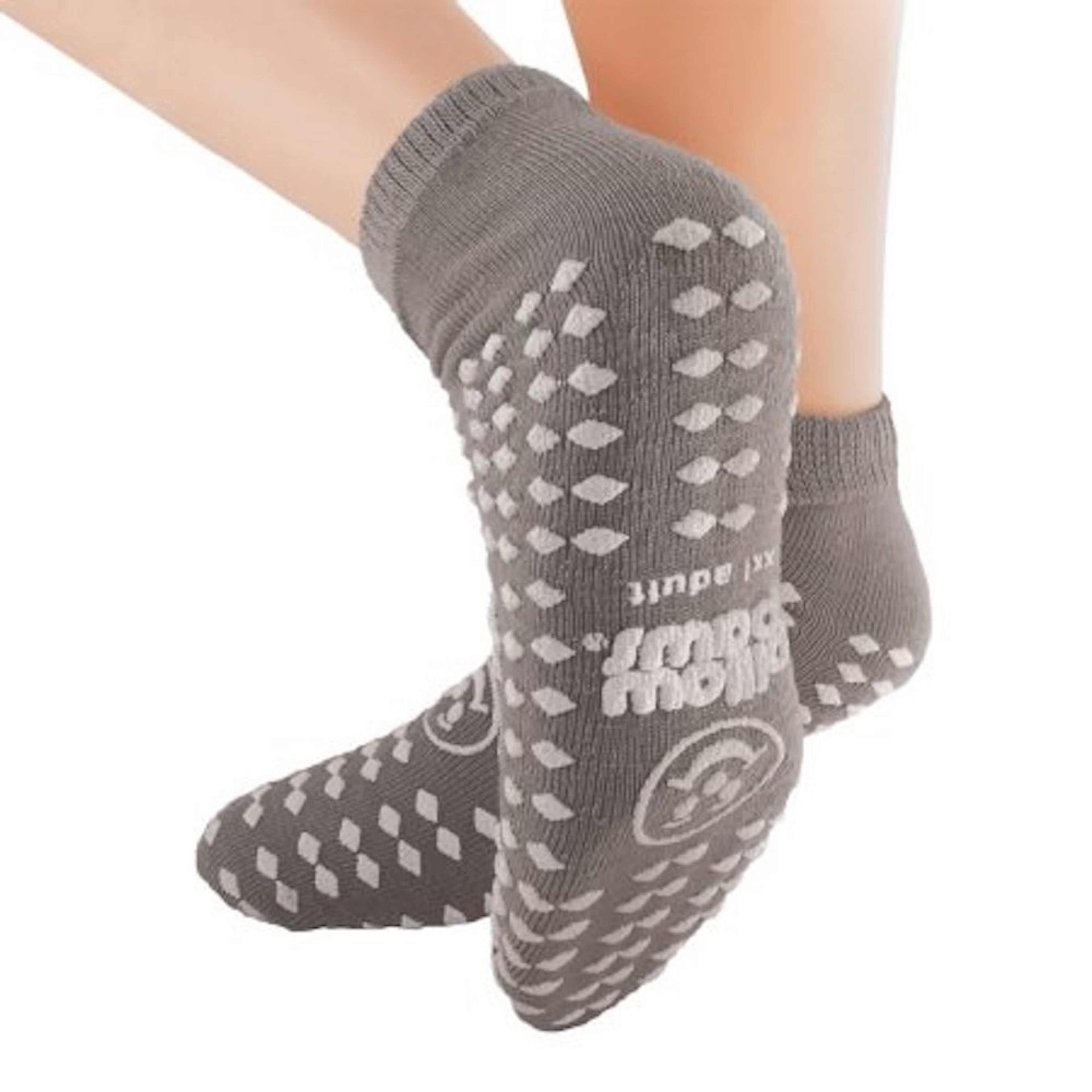
Arrives Sat, Jan 3 - Mon, Jan 5
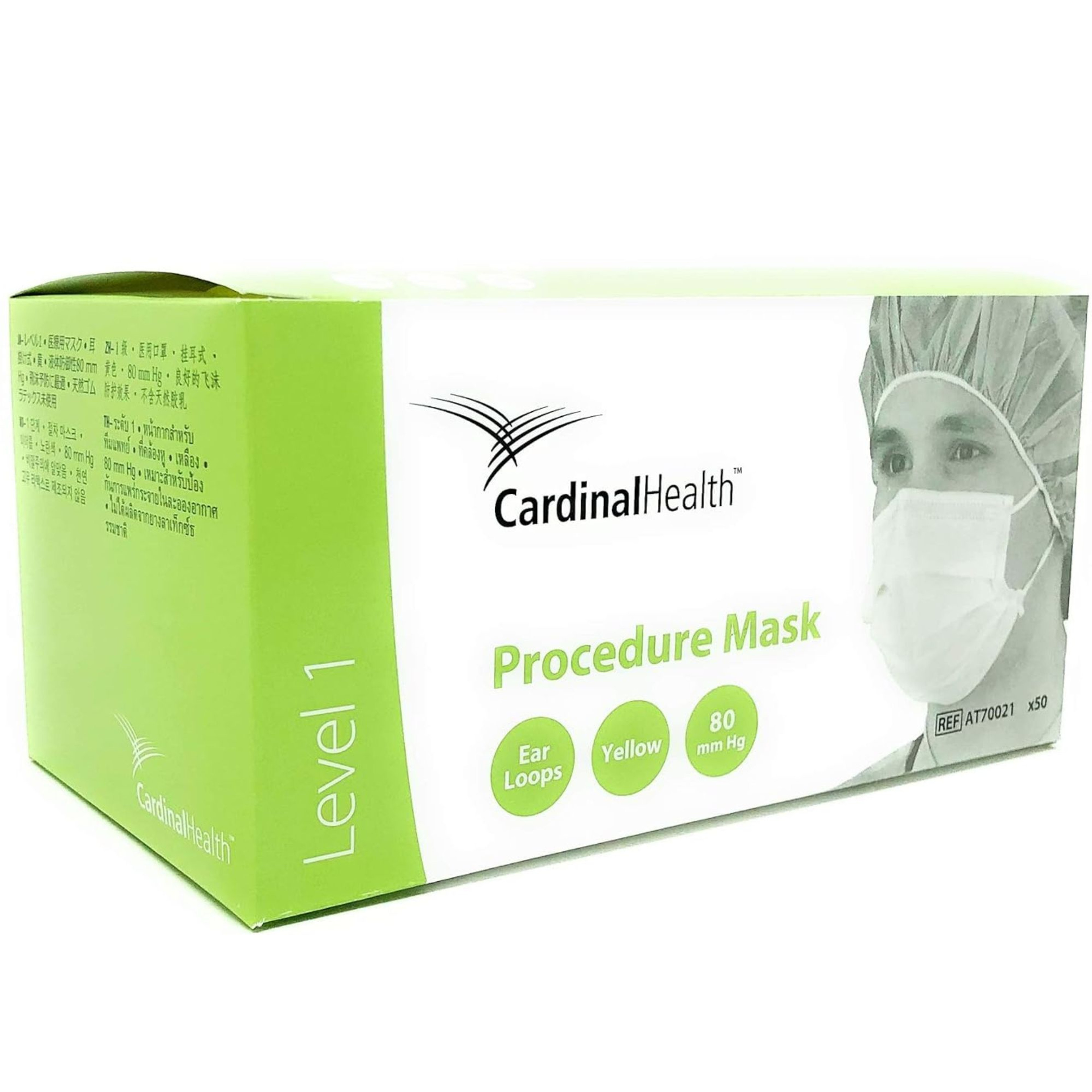
Arrives Sat, Jan 3 - Mon, Jan 5

Arrives Sat, Jan 3 - Mon, Jan 5
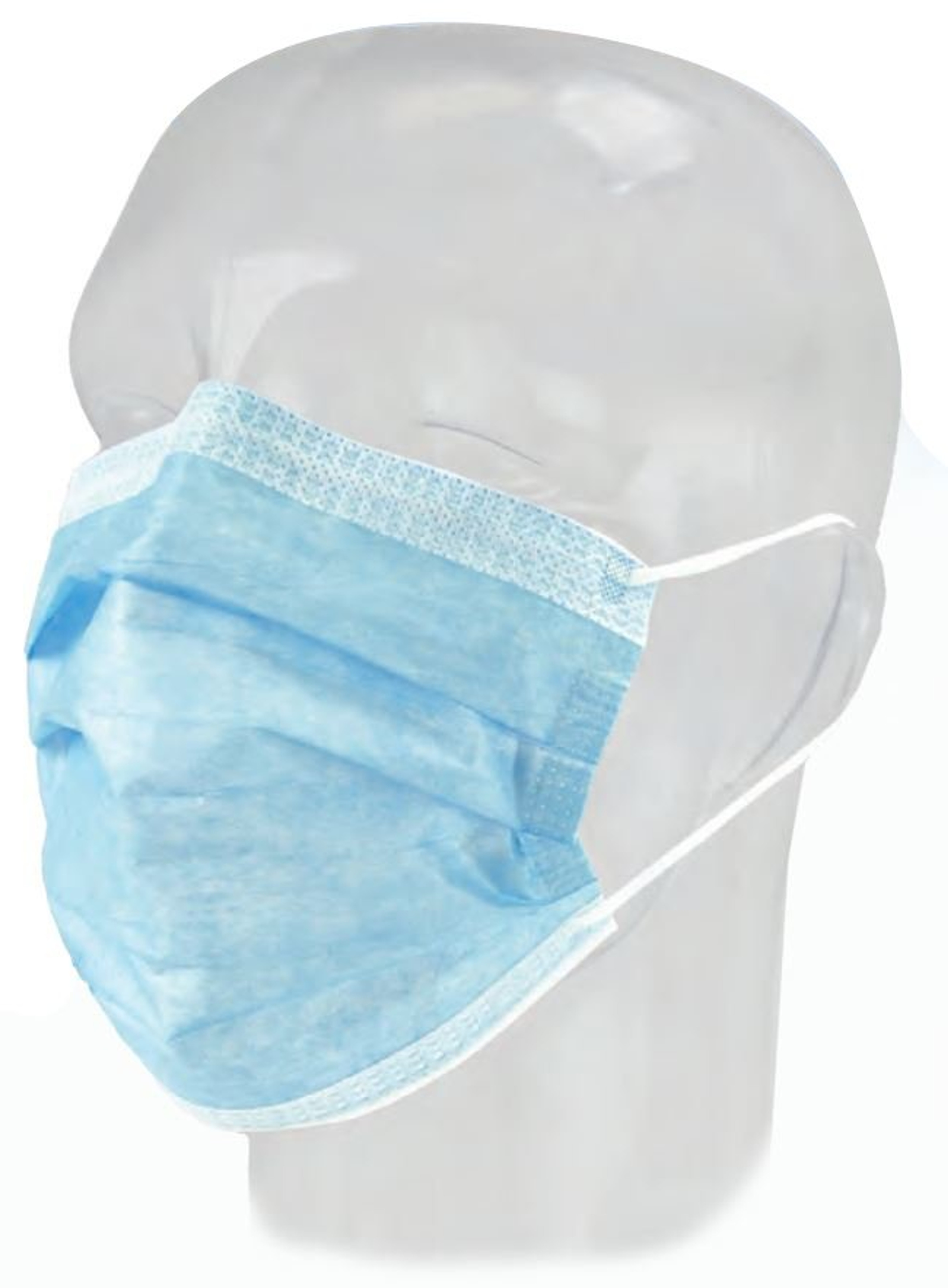
Arrives Sat, Jan 3 - Mon, Jan 5
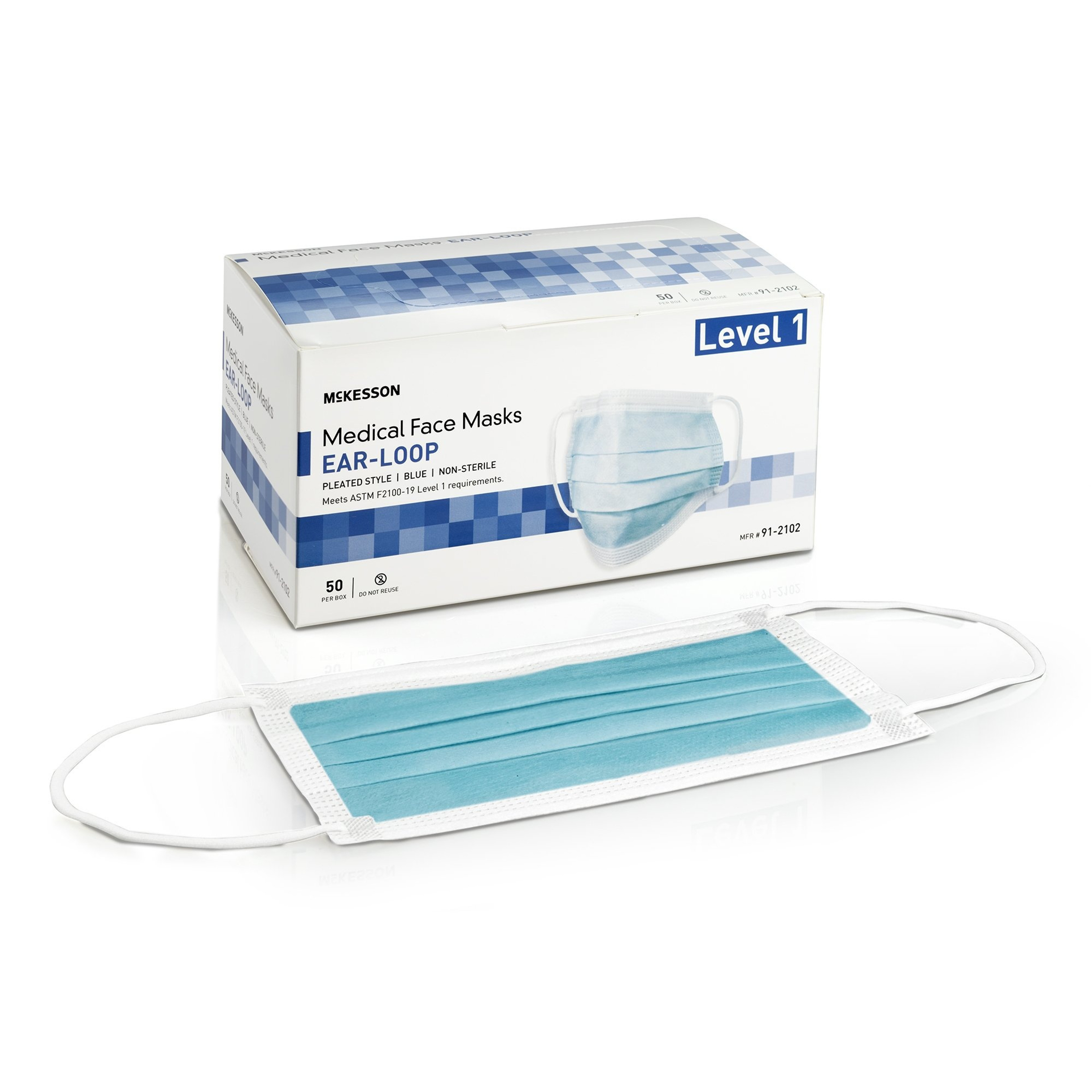
Arrives Sat, Jan 3 - Mon, Jan 5
FSA & HSA eligible

Arrives Sat, Jan 3 - Mon, Jan 5
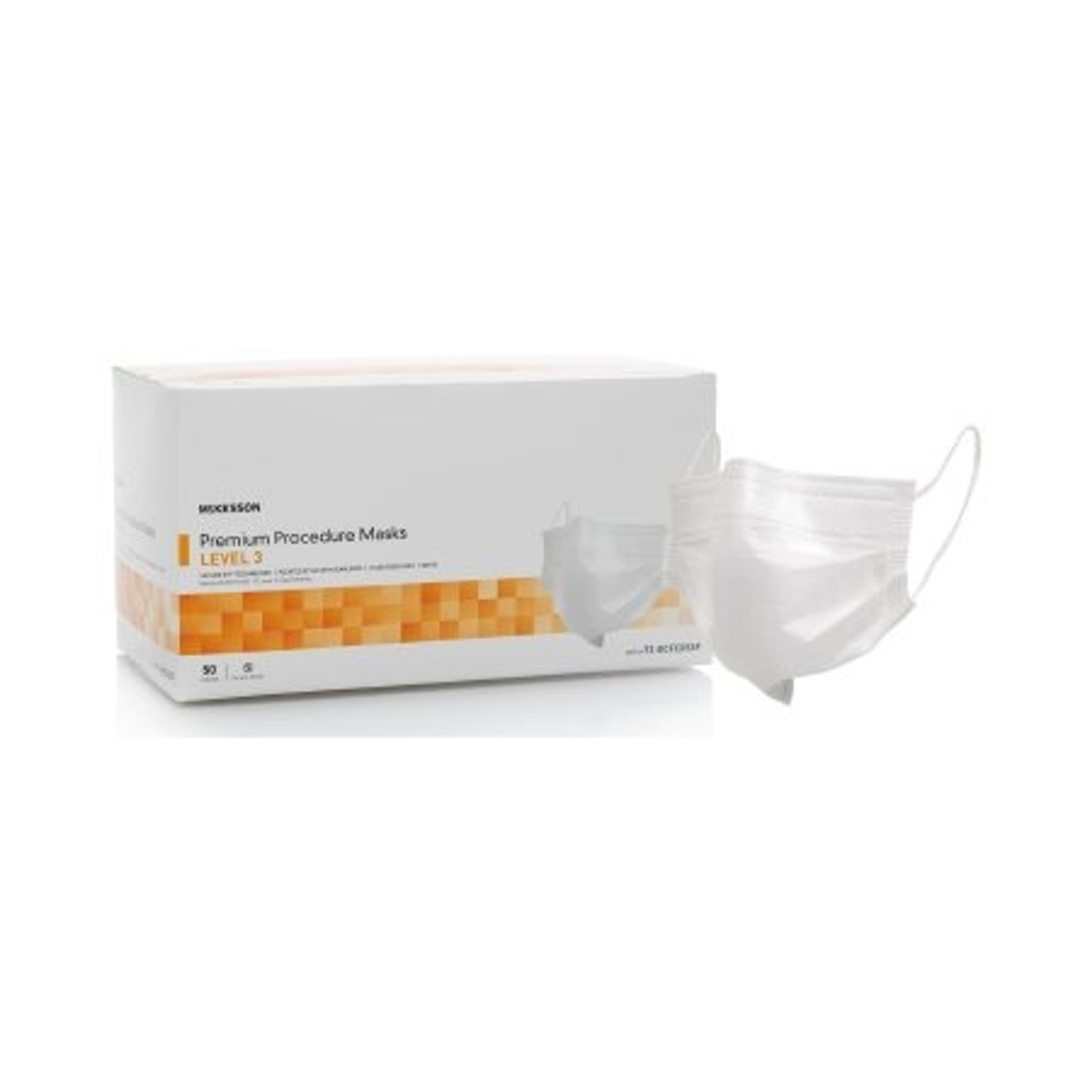
Arrives Sat, Jan 3 - Mon, Jan 5
FSA & HSA eligible
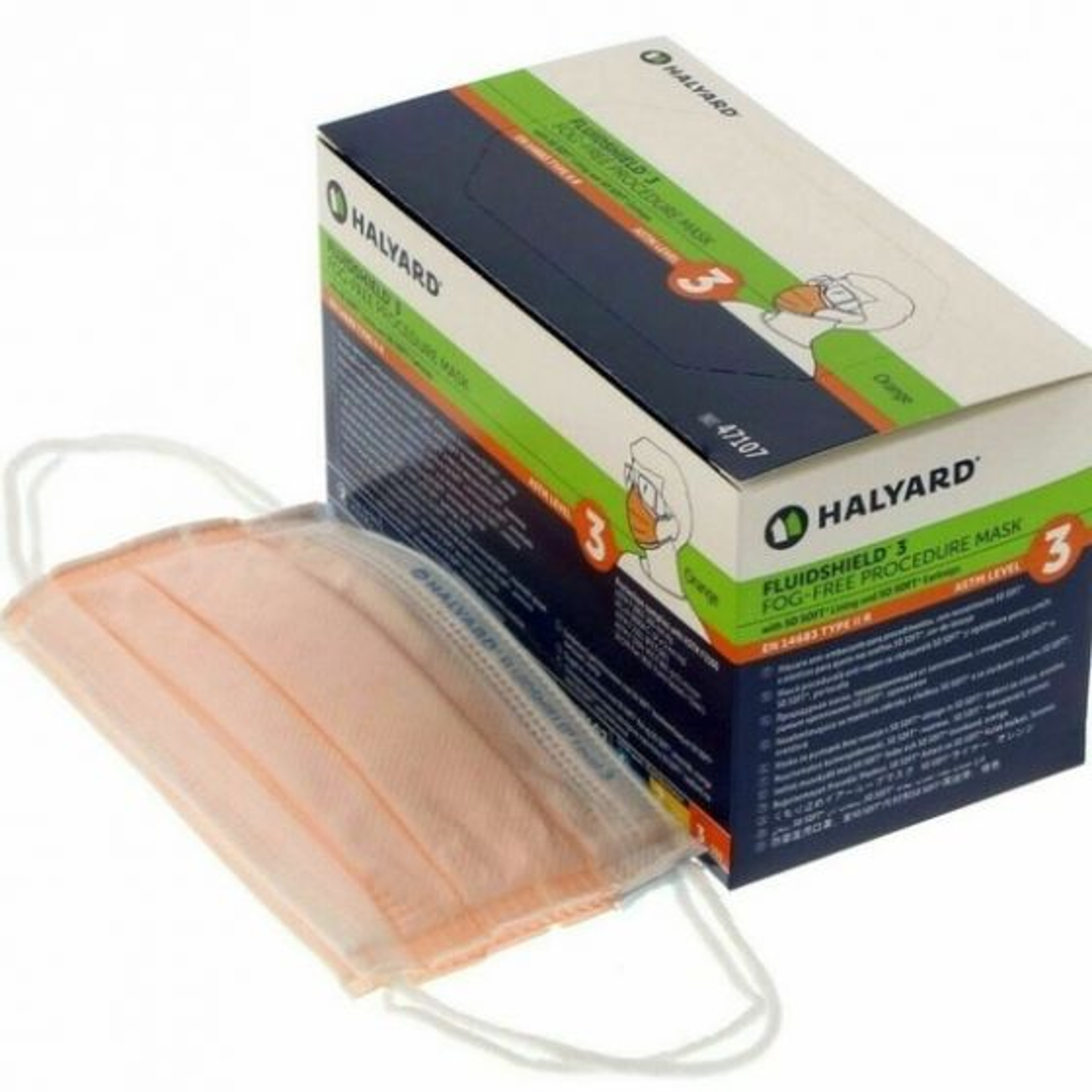
Arrives Sat, Jan 3 - Mon, Jan 5
FSA & HSA eligible
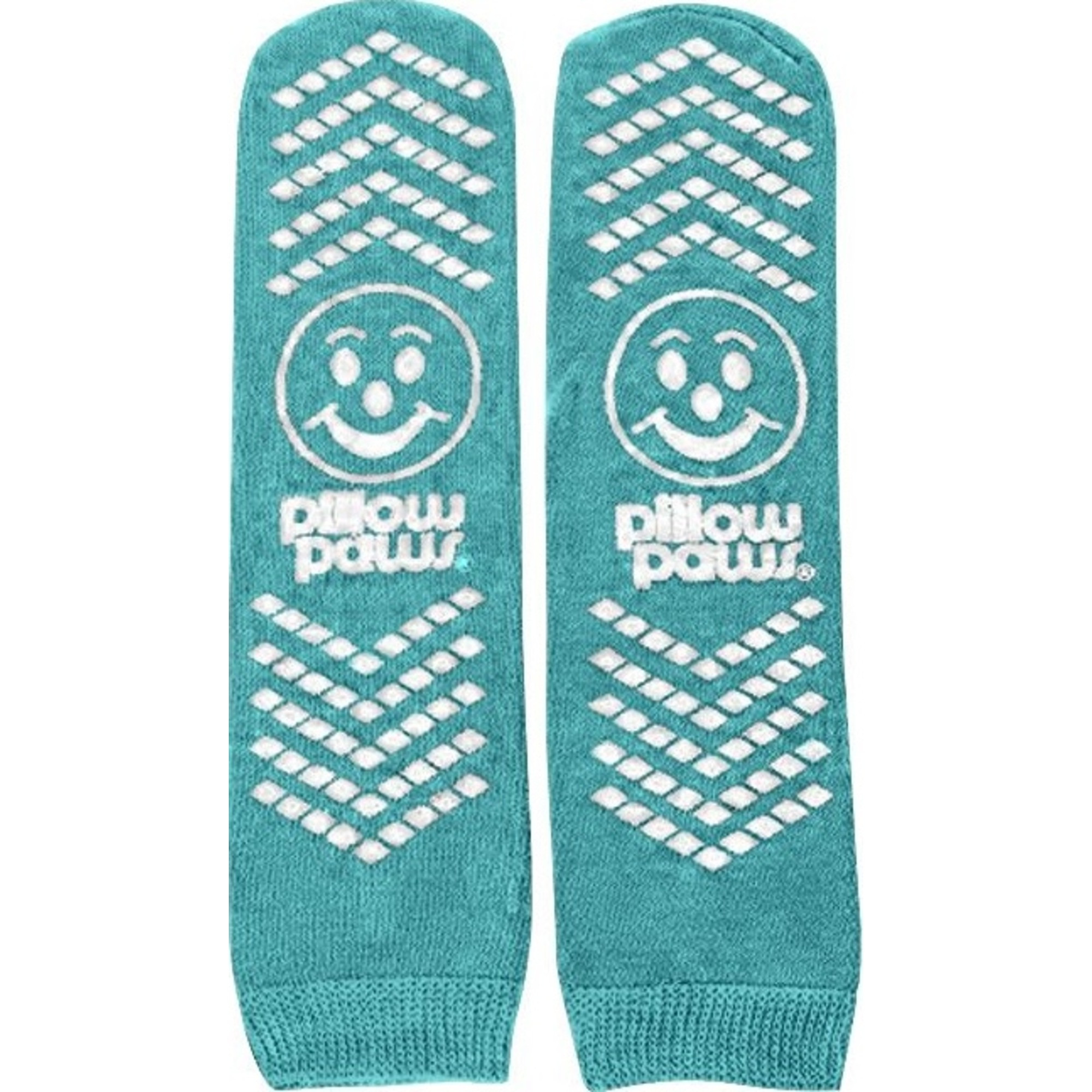
Arrives Sat, Jan 3 - Mon, Jan 5
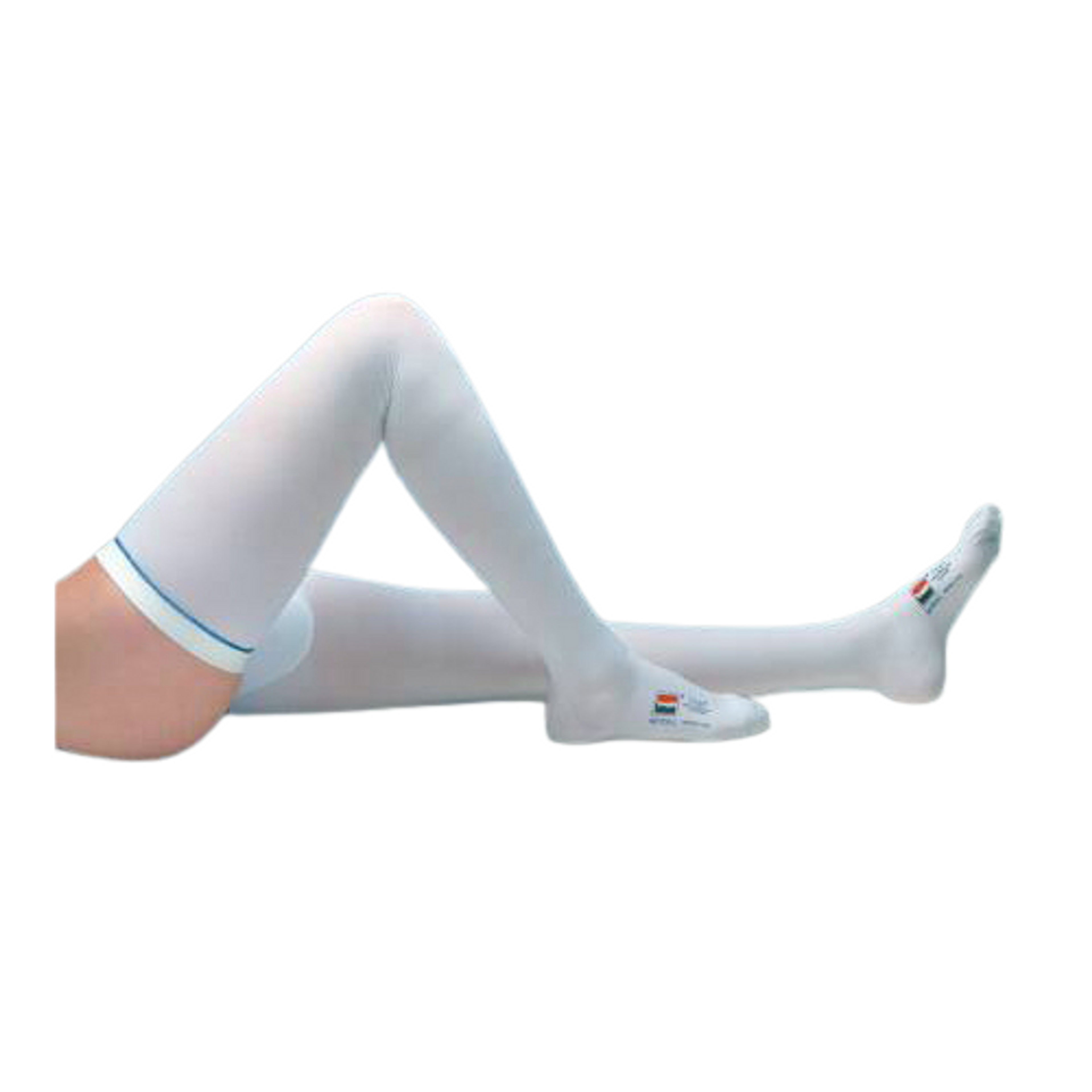
Arrives Sat, Jan 3 - Mon, Jan 5

Arrives Sat, Jan 3 - Mon, Jan 5
FSA & HSA eligible

Arrives Sat, Jan 3 - Mon, Jan 5
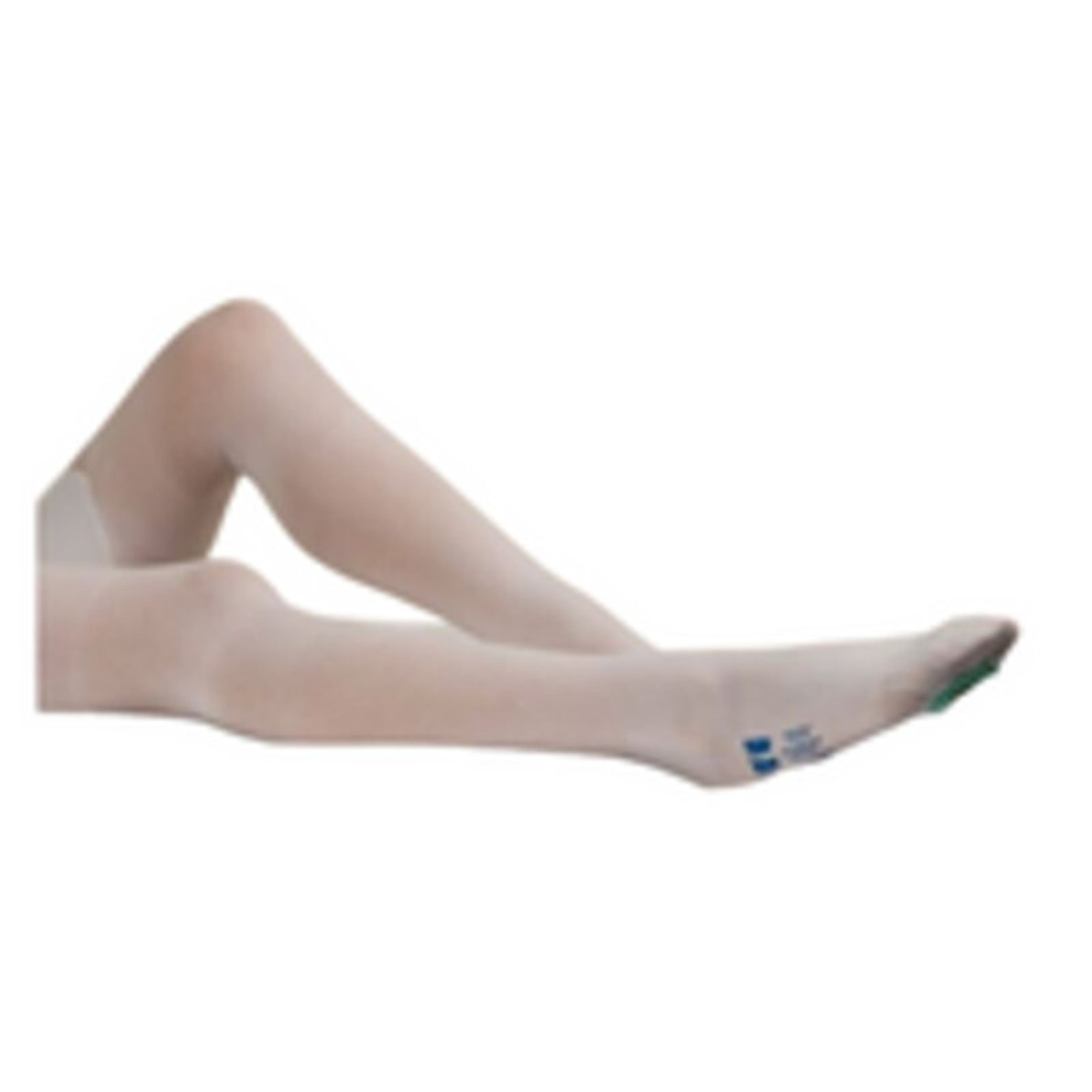
Arrives Sat, Jan 3 - Mon, Jan 5
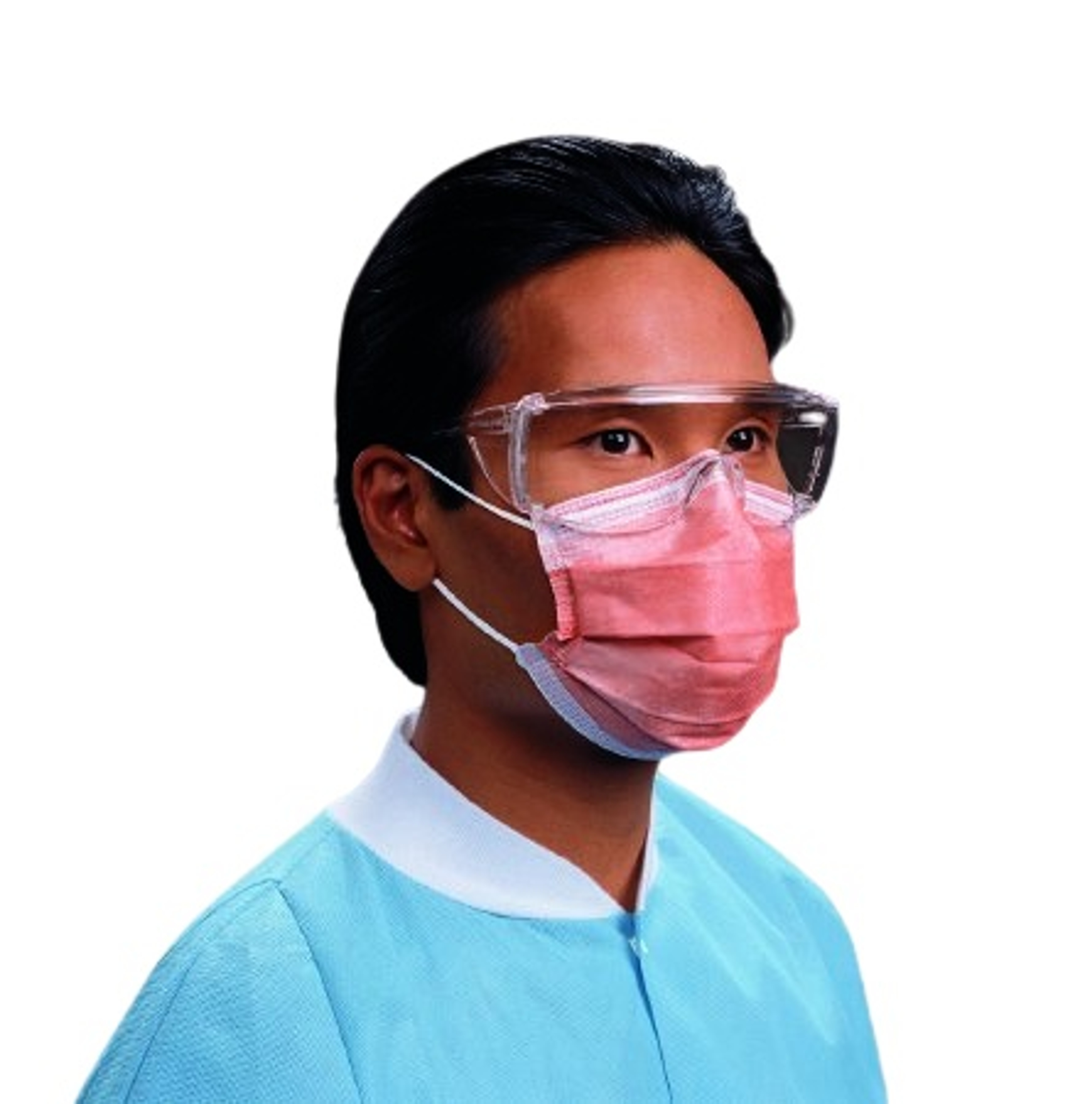
Arrives Sat, Jan 3 - Mon, Jan 5
FSA & HSA eligible

Arrives Sat, Jan 3 - Mon, Jan 5
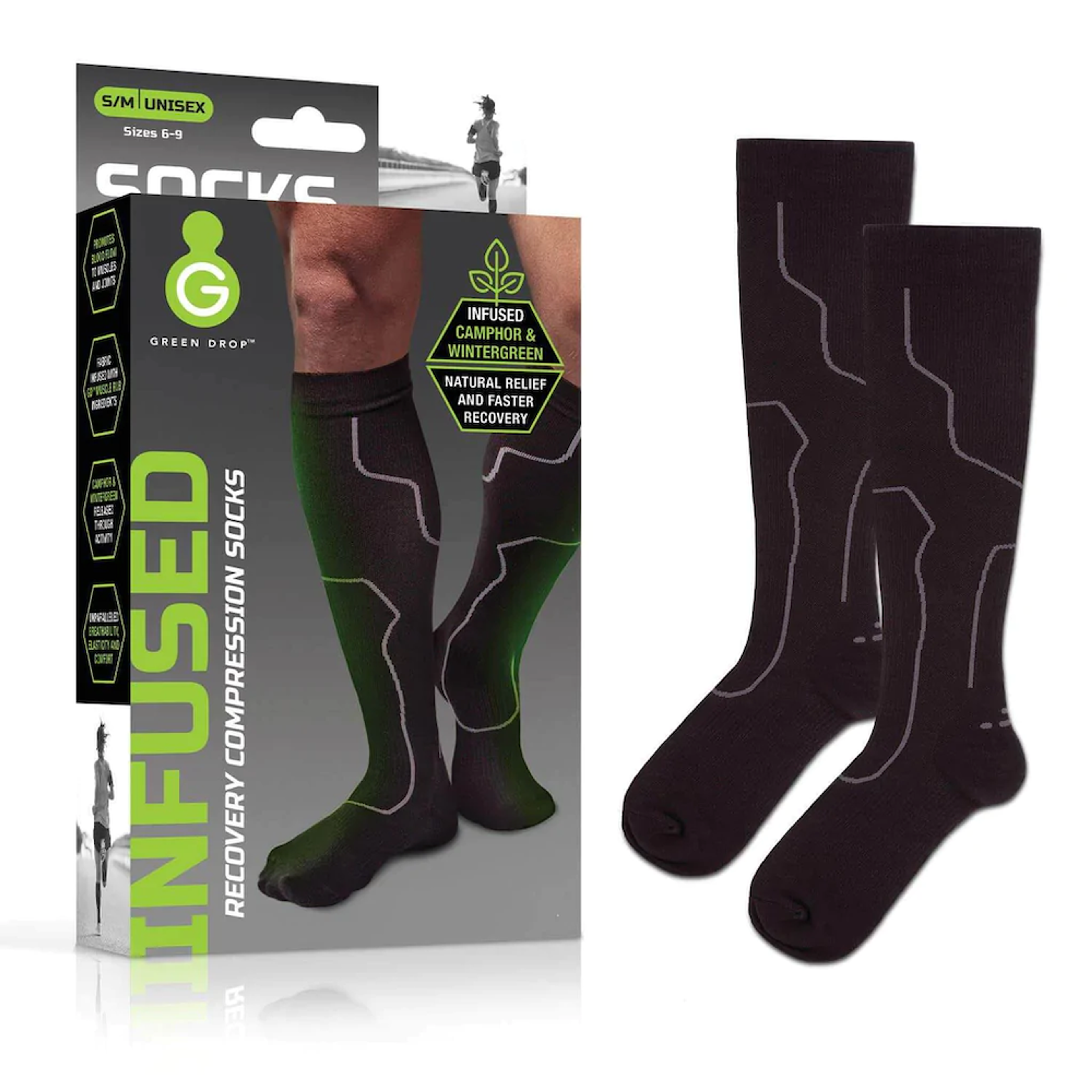
Arrives Sat, Jan 3 - Mon, Jan 5

Arrives Sat, Jan 3 - Mon, Jan 5
FSA & HSA eligible
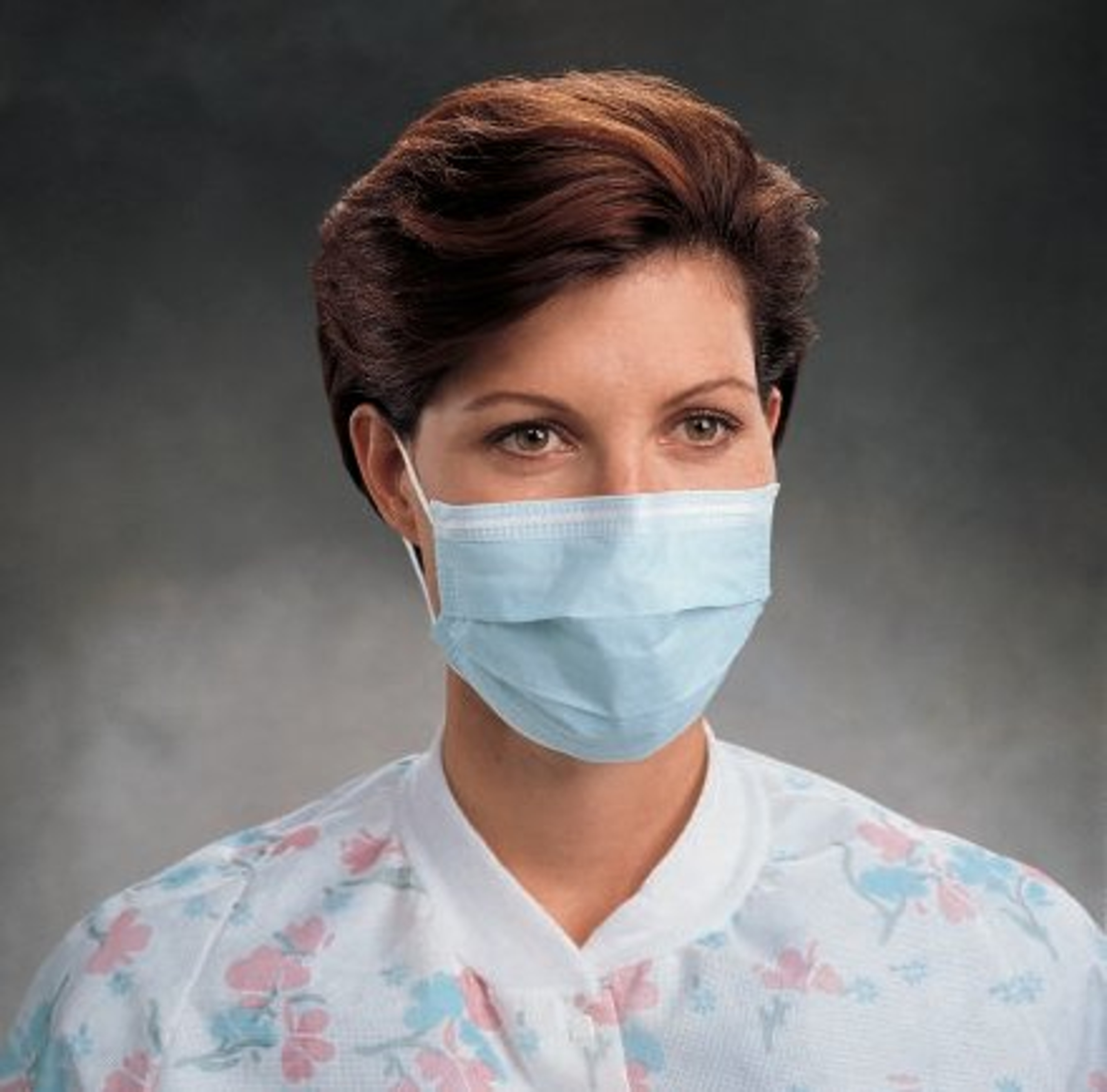
Arrives Sat, Jan 3 - Mon, Jan 5
FSA & HSA eligible
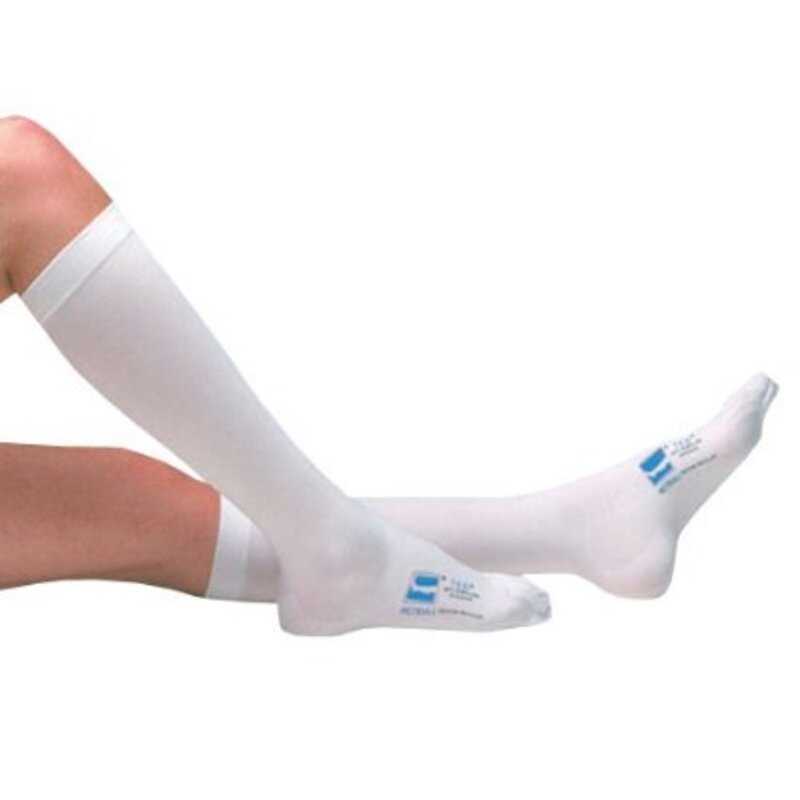
Arrives Sat, Jan 3 - Mon, Jan 5
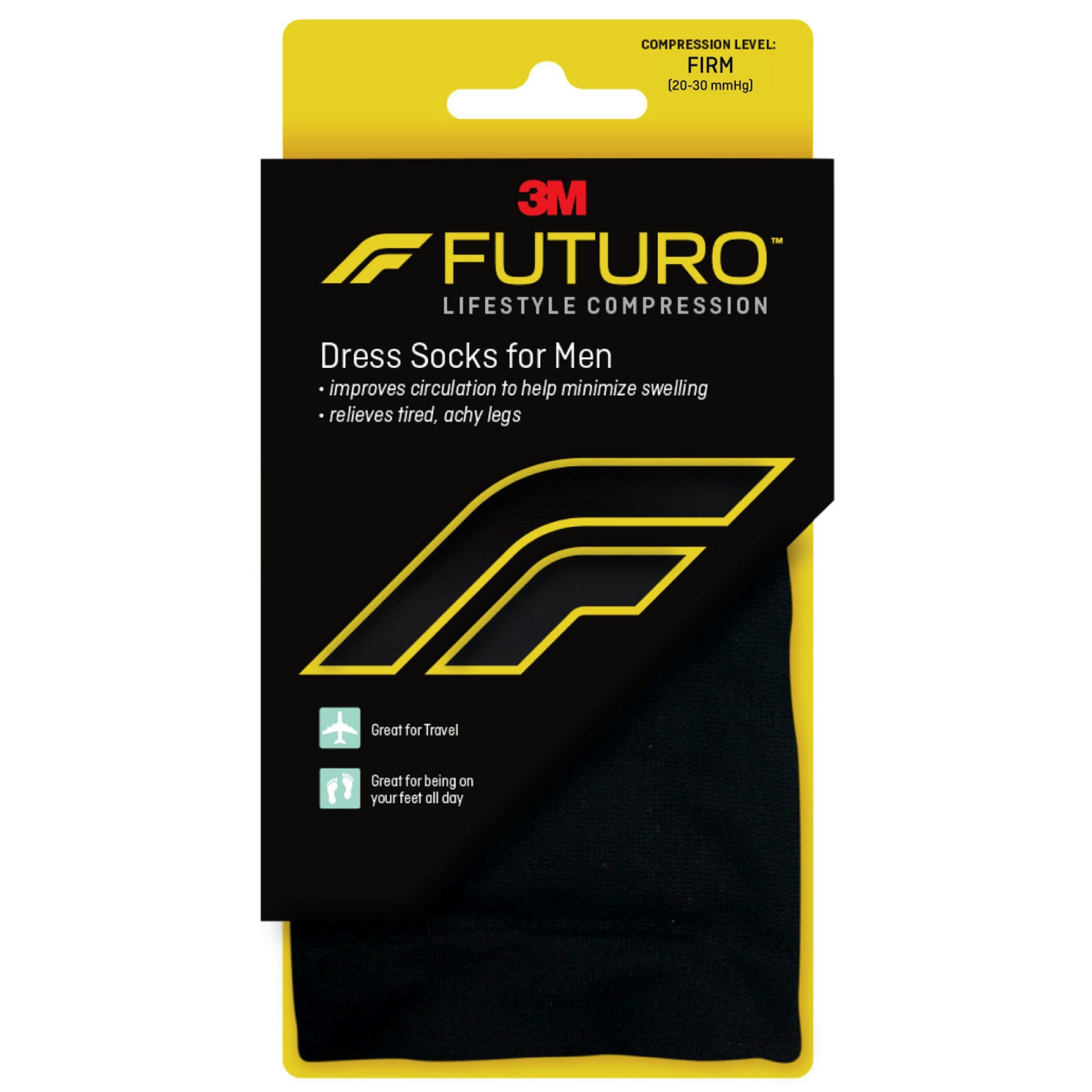
Arrives Sat, Jan 3 - Mon, Jan 5
FSA & HSA eligible

Arrives Sat, Jan 3 - Mon, Jan 5
FSA & HSA eligible
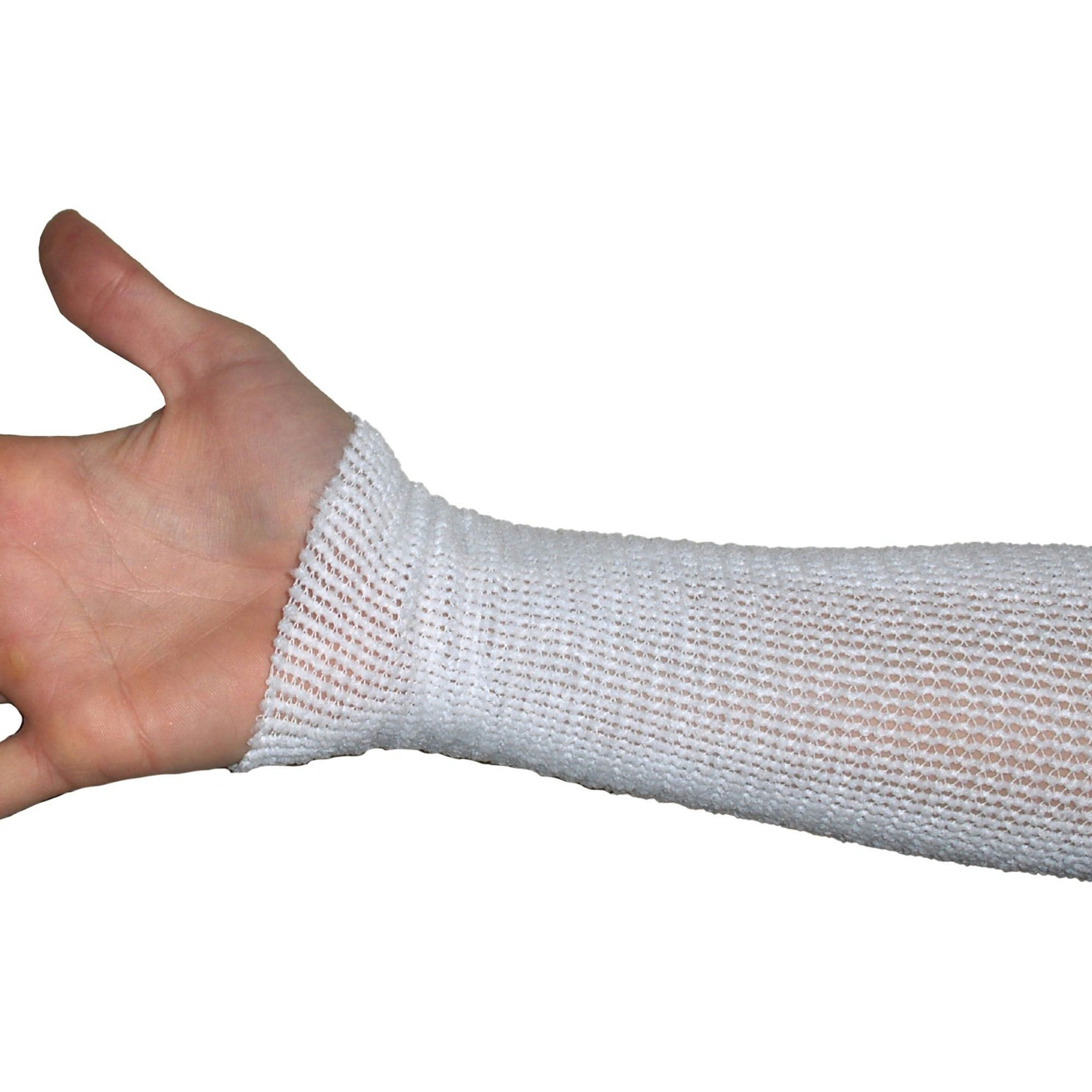
Arrives Sat, Jan 3 - Mon, Jan 5

Arrives Sat, Jan 3 - Mon, Jan 5
Finding clothing and accessories that offer comfort, dignity, and ease of use is essential when managing specific health needs or mobility challenges. Our range of adaptive apparel and recovery wear is thoughtfully designed to make daily dressing and personal care simpler for both wearers and caregivers. This includes innovative adaptive clothing with features like easy-access snaps, Velcro closures, and open-back designs, ideal for individuals with limited mobility or those who require assistance with dressing.
Specialized footwear and socks also play a crucial role in daily well-being and safety. You can discover options like non-slip socks to enhance stability and prevent falls, diabetic socks carefully designed for specific circulatory and sensory needs, and comfortable, and compression socks for promoting healthy circulation and reducing leg swelling. These thoughtfully designed garments and accessories aim to support independence, ensure safety, and enhance the overall quality of life for those who use them.
Carewell is a trusted partner for family caregivers, offering easy access to high-quality adaptive apparel delivered directly to your door. We carry trusted healthcare brands like JOBST and 3M, offer free shipping on orders over $49, and provide friendly customer support to help you find exactly what you need.